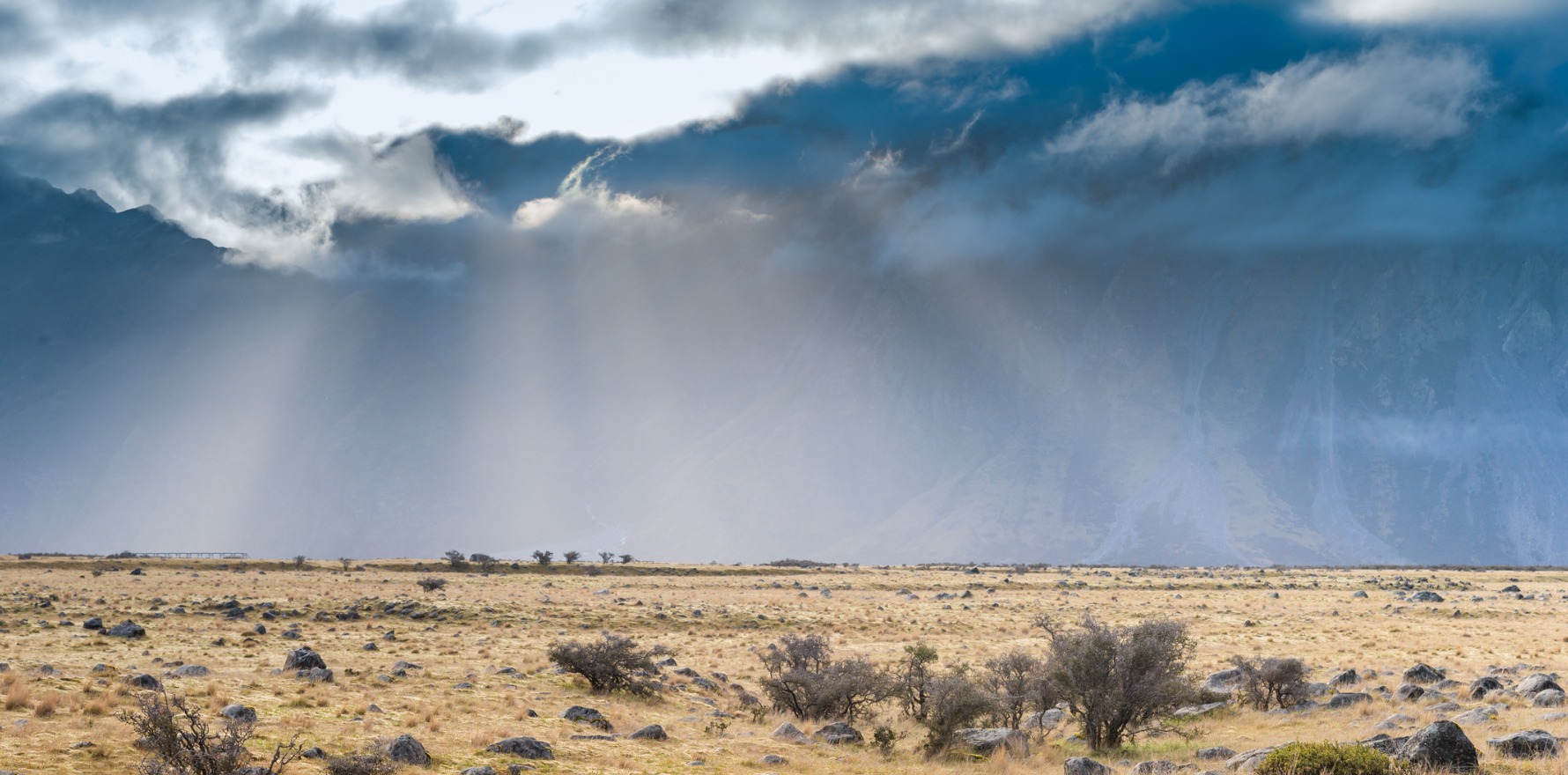The country GPs and generalists who provide cover for local emergency departments or have advanced training in some areas are finally getting some recognition.
From January, a new payment for rural doctors with advanced skills will sit alongside the existing doctor and practice streams of the workforce incentive program – but get in quick, because it will only be active for two years.
Known as the WIP-Rural Advanced Skills payment, eligible doctors in MM3-7 locations will be able to earn a maximum of $21k per year in recognition of additional services they have provided throughout 2023, 2024 and 2025.
There are two sub-streams to the payment, one for doctors who provide a minimum level of emergency care and one for doctors who have advanced training in obstetrics, anaesthetics, surgery, mental health or First Nations Health and provide a minimum level of service using those skills.
A maximum of $10.5k per doctor is available under each sub-stream, and doctors who are doing both emergency work and utilising additional skills will be able to claim from both streams.
The new payment sits alongside the WIP Doctor Stream, which provides tiered incentive payments of up to $60k per year for vocationally registered doctors who practise rurally.
Unlike the other WIP payments though, the rural advanced skills payment is time-limited and will only be delivered between January 2024 and December 2025, although doctors will be able to back-claim for services provided in 2023.
RDAA president Dr Megan Belot, who has additional training in anaesthetics, said the rural advanced skills payment was a welcome recognition of the importance of rural generalism.
“For the first time, a government initiative will truly recognise the variety of services that rural doctors provide,” Dr Belot said.?
“This program has also expanded into the non-procedural advanced skill areas such mental health, Aboriginal health and paediatrics, which are desperately needed in our rural and remote communities but to date have not been recognised in the same way as the traditional procedural services of obstetrics, anaesthetics and surgery.”
The nitty-gritty of the eligibility details include that prospective WIP-receivers must be working at least 0.4 FTE in general practice for 11 months of the year if they’re full time or 0.2 FTE in general practice if they’re part time.
Doctors looking to claim the emergency medicine incentive payment do not have to have additional training, they just have to prove that they provide emergency medicine services in a hospital or urgent care setting in an MM3-7 location.
If the town is too small to have a hospital or urgent care clinic within a 50km radius, doctors who provide emergency after hours services (including on-call) in a primary care setting can still access the emergency medicine payment.
For the advanced skills stream, doctors need to be able to produce evidence of having completed RACGP or ACRRM-recognised training in that particular field and – if the doctor is credentialled by a hospital in which they deliver services – a written declaration from the hospital confirming their credentials.
There are nine fields which will be recognised under the stream – adult internal medicine, anaesthesia, First Nations health, mental health, obstetrics and gynaecology, paediatrics, palliative care, remote medicine and surgery.
Payments are tiered by both rurality and level of service; the more rural the doctor is and the more services they provide, the more money on offer.
Doctors who live in an MM4 area and have done at least 22 emergency department “rosters” (i.e. shifts of four hours or longer in a 24-hour period), for instance, are eligible for a $7500 payment, whereas doctors who did the same number of shifts in an MM6-7 region are eligible for a $10,500 payment.
No matter how many services they provide, clinicians in MM3 areas are limited to a maximum payment of $4000 in each stream, totalling to $8000 if they do emergency and have an additional skill.
Only vocationally registered GPs, rural generalists and non-vocationally registered doctors on an approved training pathway are eligible for the new payment – hospital doctors are not included.





